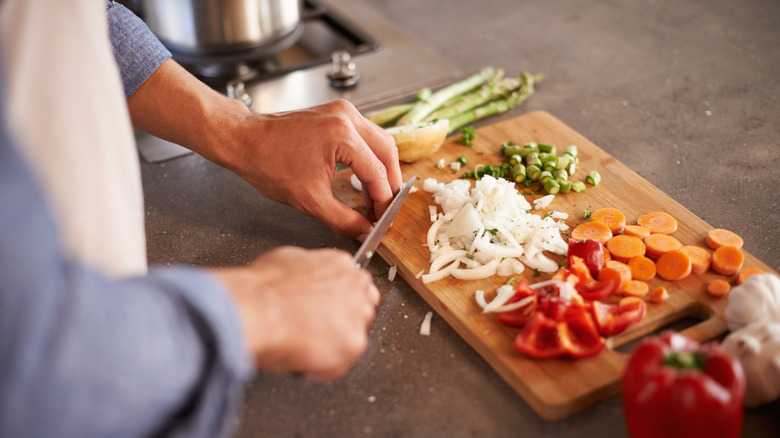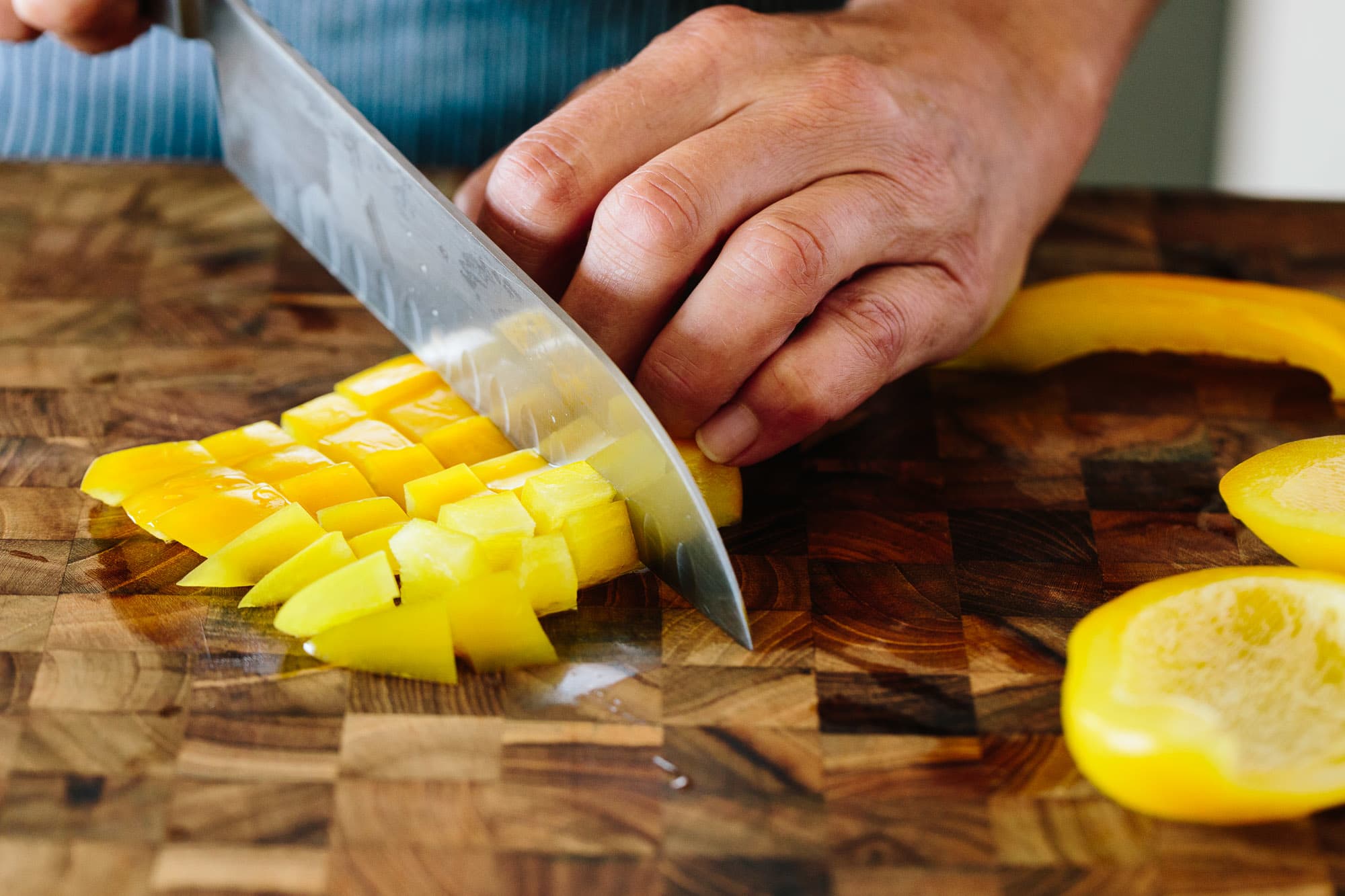How to Get Rid of Mold on Cutting Board: A Griller's Guide
Written By James Morgan
If you are passionate about grilling and barbecuing, your cutting board is an essential tool. However, any barbecue enthusiast can encounter the problem of mold growth on their cutting board. This can be a real menace, especially when you're trying to ensure food safety and hygiene. In this guide, we'll delve deep into how to get rid of mold on a cutting board effectively and maintain a mold-free cutting board.

Understanding the Problem: Why Mold Grows on Cutting Boards
Before diving into methods to get rid of mold, it's crucial to understand why mold appears on cutting boards in the first place. Mold thrives in damp, warm environments. Your cutting board, especially if it's made of wood, can provide the perfect conditions for mold growth. Leftover food particles, moisture from rinsing, and a dark storage space can all contribute to this issue.

Step-By-Step Guide to Remove Mold from Your Cutting Board
1. Preparation: Gather Your Tools
To start, you will need the following tools and ingredients:
- White vinegar
- Baking soda
- Lemon juice
- Salt
- A scrub brush or sponge
2. Vinegar Application
White vinegar is a natural disinfectant and helps in killing mold. Pour a generous amount of white vinegar onto the moldy area of the cutting board. Let it sit for a few minutes to penetrate the mold. Then, scrub the area with a scrub brush or sponge.
3. Baking Soda and Lemon Juice
Baking soda is abrasive and helps in physically removing the mold, while lemon juice acts as a natural cleaner with its acidic properties. Make a paste using baking soda and lemon juice and apply it to the affected areas. Scrub the cutting board thoroughly and rinse with water.
4. Salt Scrub
For more stubborn mold spots, create a scrub using coarse salt and a little water. Apply the salt scrub over the moldy areas and use a brush or sponge to vigorously scrub the surface. Rinse well with water and pat dry with a clean cloth.

Preventative Measures to Keep Your Cutting Board Mold-Free
Proper Cleaning
It's essential to clean your cutting board properly after each use. Use hot, soapy water to wash the board. For additional cleaning tips, check out this guide on cutting board care.
Drying and Storage
Once cleaned, make sure to dry your cutting board thoroughly. Leaving it damp will only encourage mold growth. Store it in a well-ventilated, dry place to prevent moisture accumulation.
You can read more about how to clean and sanitize your cutting board for further insights.
For more on how to take special care of your cutting board, see our detailed article on Restoring Your Cutting Board.

When Is It Time to Replace Your Cutting Board?
Despite your best efforts, there may come a time when you have to say goodbye to your old cutting board. Deep grooves and persistent mold that just won't go away are signs that it's time to replace it. For tips on choosing a new cutting board, read this comprehensive guide.
Frequently Asked Questions
1. Can I use bleach to clean my cutting board?
While bleach can effectively kill mold, it's not food-safe. Stick to natural cleaning agents like vinegar, baking soda, and lemon juice.
2. Are plastic cutting boards less likely to get moldy?
Plastic cutting boards are less porous than wooden ones and can be easier to keep mold-free. However, they can develop deep scratches where mold may eventually grow.
3. How often should I oil my wooden cutting board?
Regularly oiling your wooden cutting board can help keep it in good condition and prevent moisture penetration. Aim to oil it once a month.
For more related tips, feel free to check our articles on other cutting board care topics: Decorating a Cutting Board and Engraving a Cutting Board.
As an Amazon Associate, I earn from qualifying purchases.



